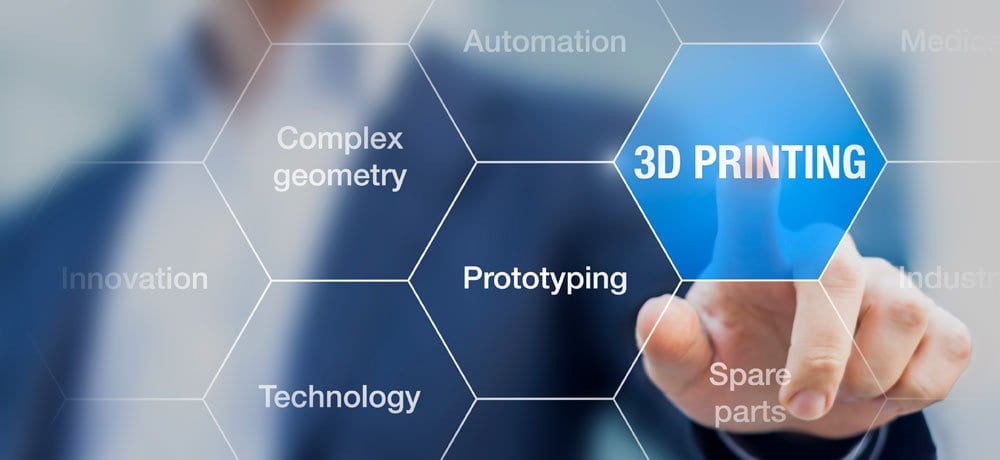Venesia Hurtubise, technical chemist for manufacturer MicroCare Medical, talks about how to select the best fluids for 3D printing operations.
.
As the pressure to produce more complex biomedical parts increases, medical device manufacturing using 3D printing, a subset of additive manufacturing, is gaining widespread acceptance. Initially 3D printing was considered by some manufacturers to be too slow and too expensive to be used on a large scale. However, recent advancements in both software and hardware technologies have lowered the costs and sped up the building process, making 3D printing a viable method for complex medical device manufacturing.
.
Historically, plastics were used to make the majority of 3D printed medical devices, and that trend continues. Today over 80% of 3D printed parts are made using thermoplastic or thermoset polymers. Metals, ceramics and other composite materials comprise the other 20%. 3D printed polymer parts are manufactured using any variety of 3D […]
Click here to view original web page at www.medicalplasticsnews.com





0 Comments